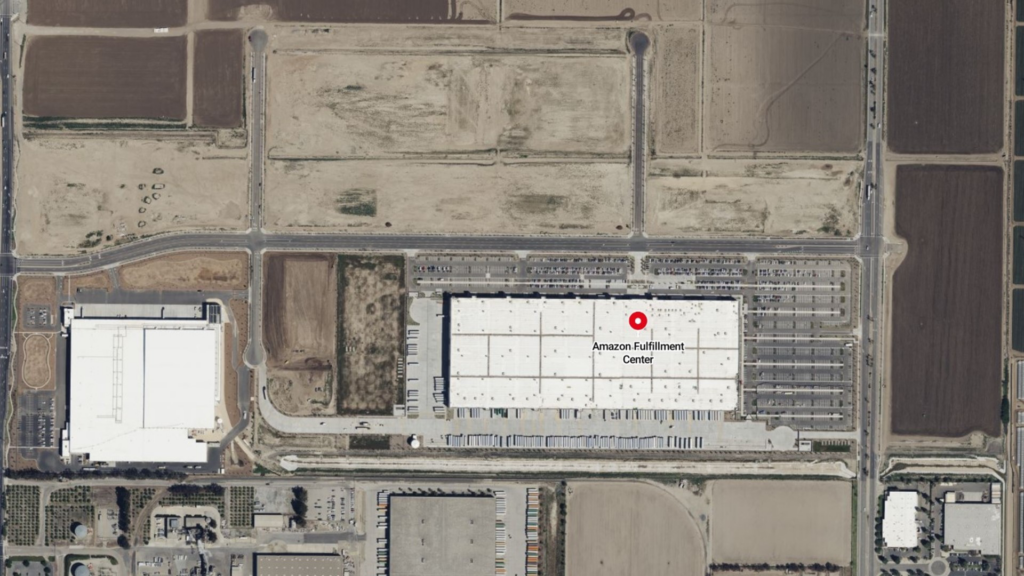Ventura County Industrial Market Faces Stagnation Amid Low Vacancy, Slower Rent Growth, and Decelerating Deal Volume
Despite maintaining low vacancy rates, Ventura County’s industrial sector grapples with reduced rent growth and a significant slowdown in leasing and sales activity, driven by high construction costs and rising interest rates.


MARKET OVERVIEW
In Q2 2024, Ventura County’s industrial market saw a 1.7% decrease in total vacant space compared to Q1 2024. This reduction, driven by steady demand for warehouse-distribution space, lowered existing inventory and kept rent prices elevated. Despite a 90-basis point increase in the vacancy rate from the previous year, it remained exceptionally low at 2.3%. The average rent rose by 7.3% year-over-year, decreasing only 2 cents from its record high last quarter, reaching $1.03/SF triple net.
As of midyear 2024, total vacant sublease space amounted to 49,231 square feet, down 27.8% from the pandemic shutdown level in Q2 2020 and declining 18.9% quarter-over-quarter. The low vacancy rates since the pandemic have been primarily driven by a lack of new construction, despite rising average rents. Development activities have been minimal, with industrial space under construction remaining flat compared to the previous quarter, adding only 74,281 square feet year-to-date.
Ventura County Industrial Market Q2 2024 Statistics:

With approximately half a million square feet of leasing volume year-to-date as of Q2, the availability of vacant space has risen to about 1.1 million square feet. Tepid demand for warehouse space has led to decreased developer confidence, particularly amid high interest rates, rising construction costs, and a slowing economy. The shortage of industrial space, compounded by the lack of speculative construction, has constrained the market for large, state-of-the-art warehouse-distribution facilities. Despite the easing of e-commerce growth from the pandemic, demand for industrial space remains steady, and the shortage of last-mile distribution facilities continues to persist. Additionally, the lack of industrial product for sale, combined with high borrowing costs, has resulted in an 84.3% decrease in sale volume year-to-date compared to the same period last year.
TRENDS TO WATCH
The market is expected to continue supporting elevated rent and sale prices as the absence of speculative construction helps maintain low vacancy rates. While demand is trending lower, businesses seeking large, state-of-the-art facilities will encounter limited opportunities. Rising interest rates have also contributed to a slowdown in industrial building sales.
In Central Ventura County, leasing volume has seen a notable 13.6% increase year-to-date compared to last year. However, sales volume has dropped by 79.8%, with the vacancy rate remaining low at 2.8%. In North Ventura, leasing volume has decreased by 2.7% year-to-date, while sales volume has doubled with four buildings sold compared to two last year. The vacancy rate in North Ventura has risen to 2.6%, up 120 basis points from the previous year. In West Ventura County, the largest submarket, the vacancy rate is notably low at 1.8%. However, sale and leasing activity combined for the first half of the year have decreased by 84.8% compared to the same period last year.
Overall, Ventura County experienced a 58.1% decrease in leasing volume and an 84.3% drop in square footage sold year-to-date as of Q2 2024 compared to the same period in 2023. Developers are closely monitoring the impact of shrinking industrial space, but high construction costs and rising interest rates continue to dampen confidence in new projects.
Tenants considering purchasing industrial space must carefully evaluate the impact of rising interest rates on their finances. While borrowing costs are likely to affect sale activity, the low inventory will help sustain average sale prices. The constrained construction environment and the prevailing trend towards leasing rather than buying will influence pricing for warehouse-distribution space in the second half of 2024.


































































